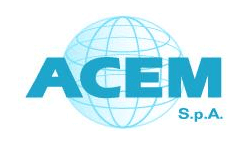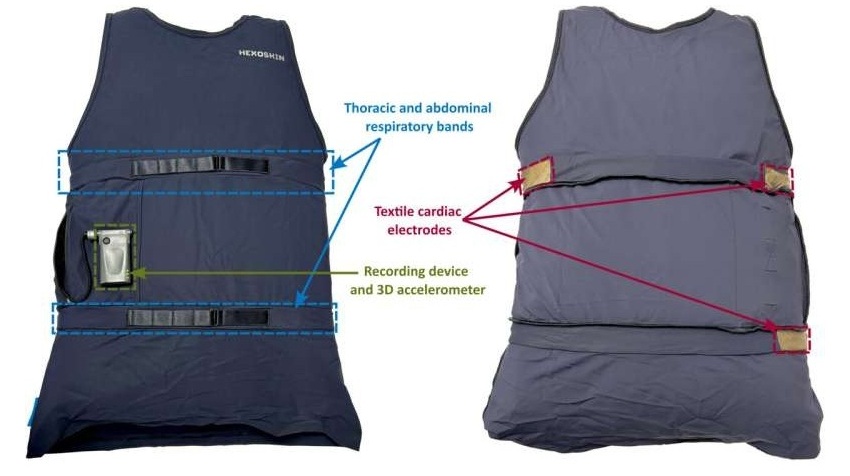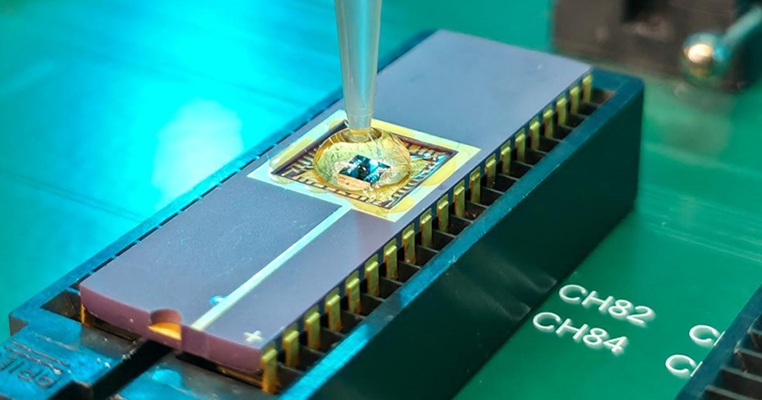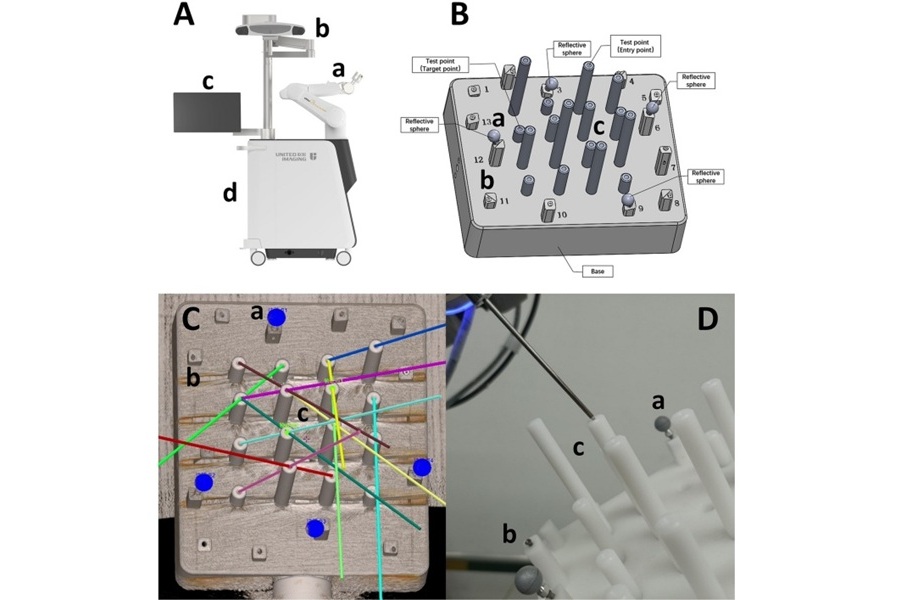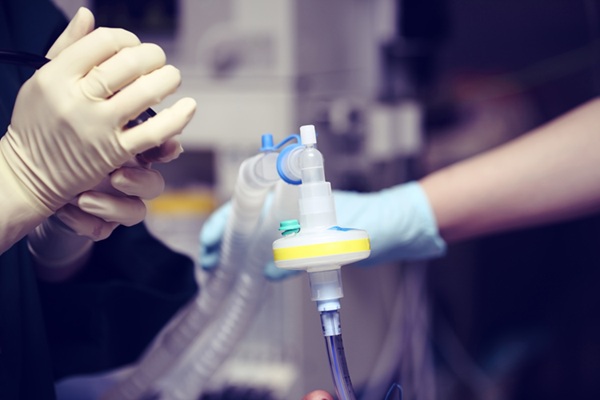Helium Ions May Provide Better-Targeted Treatment in Pediatric Radiotherapy
|
By HospiMedica International staff writers Posted on 14 Apr 2014 |
Scientists have for the first time been able to demonstrate that the use of helium ions in radiotherapy could deliver effective treatment to tumors while sparing healthy organs.
The treatment planning study’s findings were presented at the European Society of radiotherapy & Oncology (ESTRO) 33 Congress, held April 4–8, 2014, in Vienna (Austria), has been able to show that helium may have effects that are superior to radiotherapy using protons, which is a considerable advance on traditional photon beam radiotherapy.
Hermann Fuchs, a PhD student at the Medical University of Vienna/AKH (Austria), working with Dr. Barbara Knäusl and Prof. Dietmar Georg, set out to devise a way of calculating the optimal dose of helium ions for use in radiation treatment. The dose calculation algorithm was then used for treatment plan calculation for 10 pediatric patients, five with neuroblastoma (tumors arising in cells of the hormonal and nervous system), and five with Hodgkin’s lymphoma (a cancer of the white blood cells).
“Particle beam therapy involving protons or carbon ions has advantages over conventional radiotherapy. Helium ions may represent another kind of particle that can improve radiotherapy treatment. Due to their increased mass, spreading of the beam is reduced by a factor of two as compared with protons. Moreover helium ions have an increased biological effectiveness at the end of their range,” Mr. Fuchs explained.
Heavier ions such as carbon have the potential to kill cancer cells more effectively due to their underlying biology. But by modelling these biologic processes, a number of unknowns are introduced, and these can be reduced by using lighter ions such as helium. “Helium ions reside in the low linear energy transfer [LET] area,” said Mr. Fuchs. “LET is a physical quantity describing how much energy of a particle is deposited at a given range, and this measure is important when looking at the biological effects of therapy.”
This greater accuracy and sparing of healthy tissue is essential in the case of children, the researchers reported. When treating them it is especially important to ensure that as little dose of radiation as possible is placed outside the area to be treated, because an increased area treated with a low dose can lead to the development of secondary tumors. Given that children have a potentially long lifespan ahead of them, this probability needs to be reduced as much as possible through the use of therapies that are targeted as precisely as possible to the tumor, while sparing the dose to neighboring areas, and especially to healthy organs particularly sensitive to radiation located nearby (the organs at risk).
“After three years of extensive research and validation efforts, we were able to produce a treatment planning algorithm that enabled us to investigate the possibilities for using helium ion therapy in children treated with low dose radiation. We would now like to investigate its potential in patients being treated with higher doses, for example, those with brain tumors. The good results that have been achieved so far warrant the verification of the model in order to investigate the real clinical potential of helium ions,” Mr. Fuchs said. “In the long term, clinical trials of this therapy will be needed to substantiate the effects of our treatment planning model. “Particle beam therapy has already advanced care and treatment options for cancer patients. We hope that the use of helium ions may help to bring about further improvements.”
President of ESTRO, Prof. Vincenzo Valentini, a radiation oncologist at the Policlinico Universitario A. Gemelli (Rome, Italy), commented, “This is an exciting study that holds out hope for improved, more accurate radiation treatment for young cancer patients.”
Related Links:
Medical University of Vienna/AKH
The treatment planning study’s findings were presented at the European Society of radiotherapy & Oncology (ESTRO) 33 Congress, held April 4–8, 2014, in Vienna (Austria), has been able to show that helium may have effects that are superior to radiotherapy using protons, which is a considerable advance on traditional photon beam radiotherapy.
Hermann Fuchs, a PhD student at the Medical University of Vienna/AKH (Austria), working with Dr. Barbara Knäusl and Prof. Dietmar Georg, set out to devise a way of calculating the optimal dose of helium ions for use in radiation treatment. The dose calculation algorithm was then used for treatment plan calculation for 10 pediatric patients, five with neuroblastoma (tumors arising in cells of the hormonal and nervous system), and five with Hodgkin’s lymphoma (a cancer of the white blood cells).
“Particle beam therapy involving protons or carbon ions has advantages over conventional radiotherapy. Helium ions may represent another kind of particle that can improve radiotherapy treatment. Due to their increased mass, spreading of the beam is reduced by a factor of two as compared with protons. Moreover helium ions have an increased biological effectiveness at the end of their range,” Mr. Fuchs explained.
Heavier ions such as carbon have the potential to kill cancer cells more effectively due to their underlying biology. But by modelling these biologic processes, a number of unknowns are introduced, and these can be reduced by using lighter ions such as helium. “Helium ions reside in the low linear energy transfer [LET] area,” said Mr. Fuchs. “LET is a physical quantity describing how much energy of a particle is deposited at a given range, and this measure is important when looking at the biological effects of therapy.”
This greater accuracy and sparing of healthy tissue is essential in the case of children, the researchers reported. When treating them it is especially important to ensure that as little dose of radiation as possible is placed outside the area to be treated, because an increased area treated with a low dose can lead to the development of secondary tumors. Given that children have a potentially long lifespan ahead of them, this probability needs to be reduced as much as possible through the use of therapies that are targeted as precisely as possible to the tumor, while sparing the dose to neighboring areas, and especially to healthy organs particularly sensitive to radiation located nearby (the organs at risk).
“After three years of extensive research and validation efforts, we were able to produce a treatment planning algorithm that enabled us to investigate the possibilities for using helium ion therapy in children treated with low dose radiation. We would now like to investigate its potential in patients being treated with higher doses, for example, those with brain tumors. The good results that have been achieved so far warrant the verification of the model in order to investigate the real clinical potential of helium ions,” Mr. Fuchs said. “In the long term, clinical trials of this therapy will be needed to substantiate the effects of our treatment planning model. “Particle beam therapy has already advanced care and treatment options for cancer patients. We hope that the use of helium ions may help to bring about further improvements.”
President of ESTRO, Prof. Vincenzo Valentini, a radiation oncologist at the Policlinico Universitario A. Gemelli (Rome, Italy), commented, “This is an exciting study that holds out hope for improved, more accurate radiation treatment for young cancer patients.”
Related Links:
Medical University of Vienna/AKH
Latest Critical Care News
- Smart Nanomaterials Detect and Treat Traumatic Brain Injuries Simultaneously
- Earlier Blood Transfusion Could Reduce Heart Failure and Arrhythmia in Heart Disease Patients
- 'Smart' Shirt Detects Epileptic Seizures in Real Time
- Skin Patch Measures Effectiveness of Flu/COVID Vaccines in 10 Minutes
- Complete Revascularization Reduces Risk of Death from Cardiovascular Causes
- Tiny Fish-Inspired Robots Navigate Through Body to Deliver Targeted Drug Therapy
- Coronary Artery Stenosis Could Protect Patients from Pulmonary Embolism Effects
- Sweat-Powered Sticker Turns Drinking Cup into Health Sensor
- Skin-Mounted 3D Microfluidic Device Analyzes Sweat for Real-Time Health Assessment
- New Therapeutic Brain Implants to Eliminate Need for Surgery
- Stem Cell Patch Gently Heals Damaged Hearts Without Open-Heart Surgery
- Biomaterial Vaccines to Make Implanted Orthopedic Devices Safer
- Deep Learning Model Predicts Sepsis Patients Likely to Benefit from Steroid Treatment
- Programmable Drug-Delivery Patch Promotes Healing and Regrowth After Heart Attack
- Breakthrough Ultrasound Technology Measures Blood Viscosity in Real Time
- Magnetically Activated Microscopic Robotic Swarms Could Deliver Medicine Inside Body
Channels
Critical Care
view channel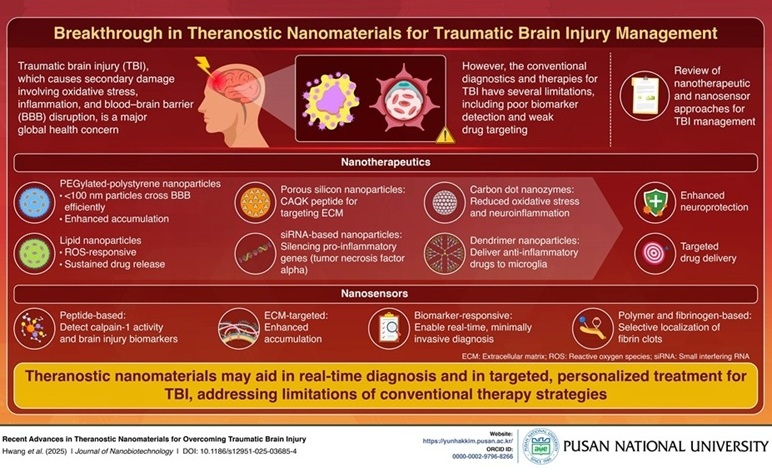
Smart Nanomaterials Detect and Treat Traumatic Brain Injuries Simultaneously
Traumatic brain injury (TBI) continues to leave millions with long-term disabilities every year. After a sudden impact from a fall, collision, or accident, the brain undergoes inflammation, oxidative stress,... Read more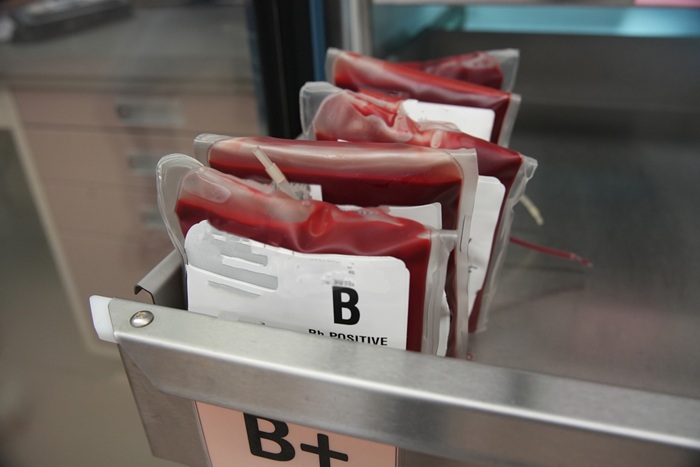
Earlier Blood Transfusion Could Reduce Heart Failure and Arrhythmia in Heart Disease Patients
Blood loss during or after surgery can place significant stress on people with heart disease, increasing the risk of dangerous complications. Transfusions are often delayed until hemoglobin levels fall... Read moreSurgical Techniques
view channelGroundbreaking Procedure Combines New Treatments for Liver Tumors
Removing or destroying liver tumors often requires patients to undergo two separate procedures, exposing them to multiple hospital stays, repeated anesthesia, and longer recovery times. Traditional approaches... Read moreAblation Reduces Stroke Risk Associated with Atrial Fibrillation
Atrial fibrillation (AFib) greatly increases the risk of stroke, blood clots, heart failure, and death, and millions of people in the U.S. are expected to be affected in the coming years.... Read morePatient Care
view channel
Revolutionary Automatic IV-Line Flushing Device to Enhance Infusion Care
More than 80% of in-hospital patients receive intravenous (IV) therapy. Every dose of IV medicine delivered in a small volume (<250 mL) infusion bag should be followed by subsequent flushing to ensure... Read more
VR Training Tool Combats Contamination of Portable Medical Equipment
Healthcare-associated infections (HAIs) impact one in every 31 patients, cause nearly 100,000 deaths each year, and cost USD 28.4 billion in direct medical expenses. Notably, up to 75% of these infections... Read more
Portable Biosensor Platform to Reduce Hospital-Acquired Infections
Approximately 4 million patients in the European Union acquire healthcare-associated infections (HAIs) or nosocomial infections each year, with around 37,000 deaths directly resulting from these infections,... Read moreFirst-Of-Its-Kind Portable Germicidal Light Technology Disinfects High-Touch Clinical Surfaces in Seconds
Reducing healthcare-acquired infections (HAIs) remains a pressing issue within global healthcare systems. In the United States alone, 1.7 million patients contract HAIs annually, leading to approximately... Read moreHealth IT
view channel
Printable Molecule-Selective Nanoparticles Enable Mass Production of Wearable Biosensors
The future of medicine is likely to focus on the personalization of healthcare—understanding exactly what an individual requires and delivering the appropriate combination of nutrients, metabolites, and... Read moreBusiness
view channel
Philips and Masimo Partner to Advance Patient Monitoring Measurement Technologies
Royal Philips (Amsterdam, Netherlands) and Masimo (Irvine, California, USA) have renewed their multi-year strategic collaboration, combining Philips’ expertise in patient monitoring with Masimo’s noninvasive... Read more
B. Braun Acquires Digital Microsurgery Company True Digital Surgery
The high-end microsurgery market in neurosurgery, spine, and ENT is undergoing a significant transformation. Traditional analog microscopes are giving way to digital exoscopes, which provide improved visualization,... Read more
CMEF 2025 to Promote Holistic and High-Quality Development of Medical and Health Industry
The 92nd China International Medical Equipment Fair (CMEF 2025) Autumn Exhibition is scheduled to be held from September 26 to 29 at the China Import and Export Fair Complex (Canton Fair Complex) in Guangzhou.... Read more










